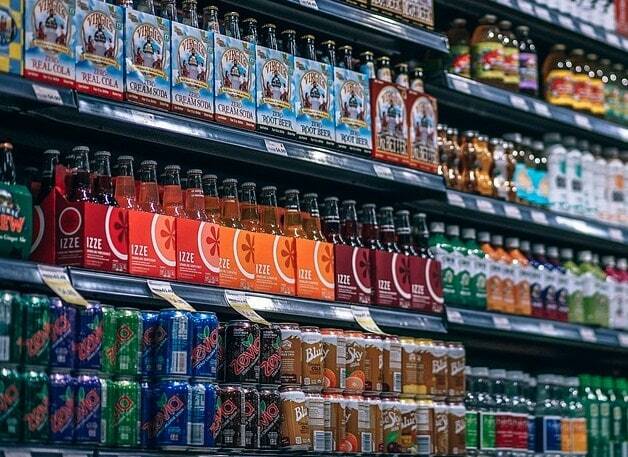The types of goods Within the economy they can be classified in many ways, everything will depend on their characteristics, whether individuals can consume them or not and whether their availability avoids affecting other individuals.
Goods are products or things that people use to satisfy their wants and needs. These can be produced through different modalities such as agricultural processes, manufacturing methods, mining procedures and different production processes.
Advertisements

In this article you will find:
Classification of types of goods
Goods can be shaped material or immaterial, and its purpose is to satisfy specific needs of people.
Advertisements
Within the types of goods that exist, important perspectives can be defined within administrative, civil and economic law such as those shown below:
1. Assets in administrative law
They are goods that are classified as follows:
Advertisements
- Public goods: They refer to all those that are owned by the State, but can be used by citizens, such as streets, beaches, squares, parks, ports, airports and many more.
- Private goods: They are those that belong to a specific person and have property title, which indicates that it cannot be used by another individual in society.
2. Assets in civil law
These can be differentiated into:
Tangible assets
It is about all those physical things that are perceived through the senses, these goods in turn divided as:
Advertisements
- Consumables: They are those that are consumed at the time they are acquired, such as food.
- Non-consumable goods: They can also be consumed, but it does not have to be from the first moment, since they are of prolonged use such as clothing or footwear.
- Movable property: These are those that can be moved or transferred from any place to another and in turn be marketed anywhere in the world such as cars, appliances, among others.
- Real estate: They cannot move or move to any other place and can only stay in the site where they were manufactured, such as homes, shopping centers, buildings, offices, etc.
- Simple goods: These are things that cannot be divided like televisions or cell phones.
- Compound goods: They are made up of a set of parts, which when grouped together make up a specific unit such as encyclopedias, which mostly comprise several volumes.
Intangible assets
They are all those things that are intrinsic and not physical like rights.
3. Goods in economics
Within the economy there is a great variety of goods such as those shown below:
Advertisements
According to the function
Depending on the functionality they can be classified into:
- Investment goods: They allow the acquisition of benefits after obtaining them, such as fixed-term funds from banks.
- Consumer goods: It is usually a good that everyone uses, such as housing, clothing, cars, etc.
- Intermediate goods: These usually become consumer goods through a transformation process, to later be used as iron, wood, fabric, among others.
According to profitability
Here everything will depend on the amount of money you must have to get them:
- Luxury goods: If an individual has large amounts of money, he has the ability to use a luxury car.
- Inferior goods: They are those with less demand as consumer profitability increases. This can happen with low-priced cars or poor-quality products.
- Normal goods: The increase in demand will depend on the growth of the profitability of consumers. This happens with the purchase of products such as makeup, clothing, garments, perfumes, among others.
- Staple goods: It maintains a record of its demand, since it is about the basic goods that most consumers seek to obtain, such as food.
According to the shortage
Taking into account the level of consumer shortage they can be divided into:
- Economic goods: All people do not have the ability to acquire these goods due to their characteristics, such as the purchase of jewelery with precious stones.
- Free goods: They provide total accessibility to people, a good example is the air that is unlimited for everyone.
According to your access
Depending on the easy accessibility of a specific asset, it could be:
- Public goods: Citizens can use and fully enjoy them, since they belong to the whole of society, like all recreational areas.
- Private goods: Their use is quite limited, due to the fact that they are belongings such as homes or cars that belong to a person.
- Privately owned goods: Refers to those that belong to an individual, but can be used by the people they want, such as restaurants, hotels, among others.
According to the modification way
They are comprised of:
- Raw material goods: Raw material is a good that is used as part of production, to make a product. For example, the grape is used to make wine.
- Definitive goods: They are those that can be purchased or consumed once the production process is completed, such as cloth, furniture or some food products.
The goods that are in the environment are usually different, however, they have the same characteristics. Because of this it is necessary to have knowledge of the types of goods that exist and thus know what is the utility that each one can provide to people to satisfy their desires, tastes and needs.
Sources and references
- Zeder R. (2020, October) The Four Different Types of Goods
- Bhasin H. (2019, October) Types of Goods: Complete list of 26 Different Types of Goods Explained

